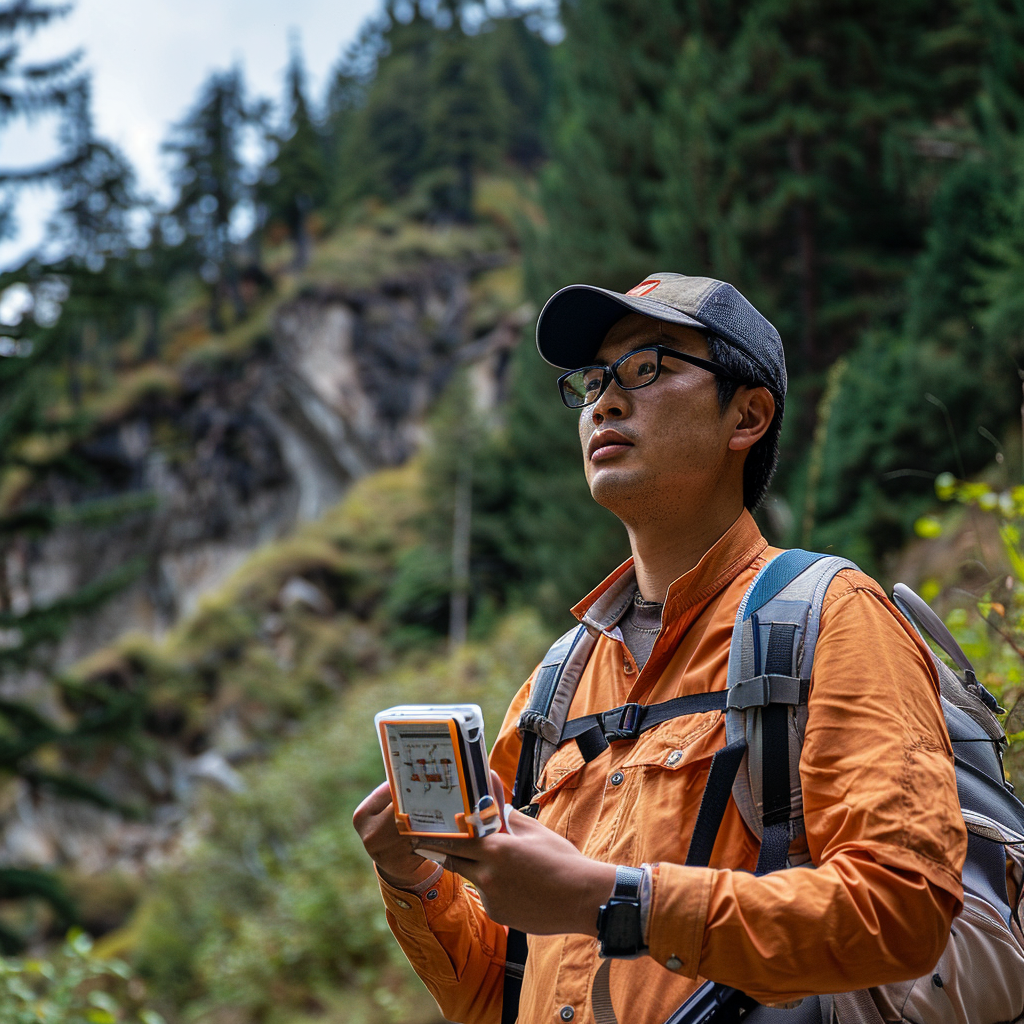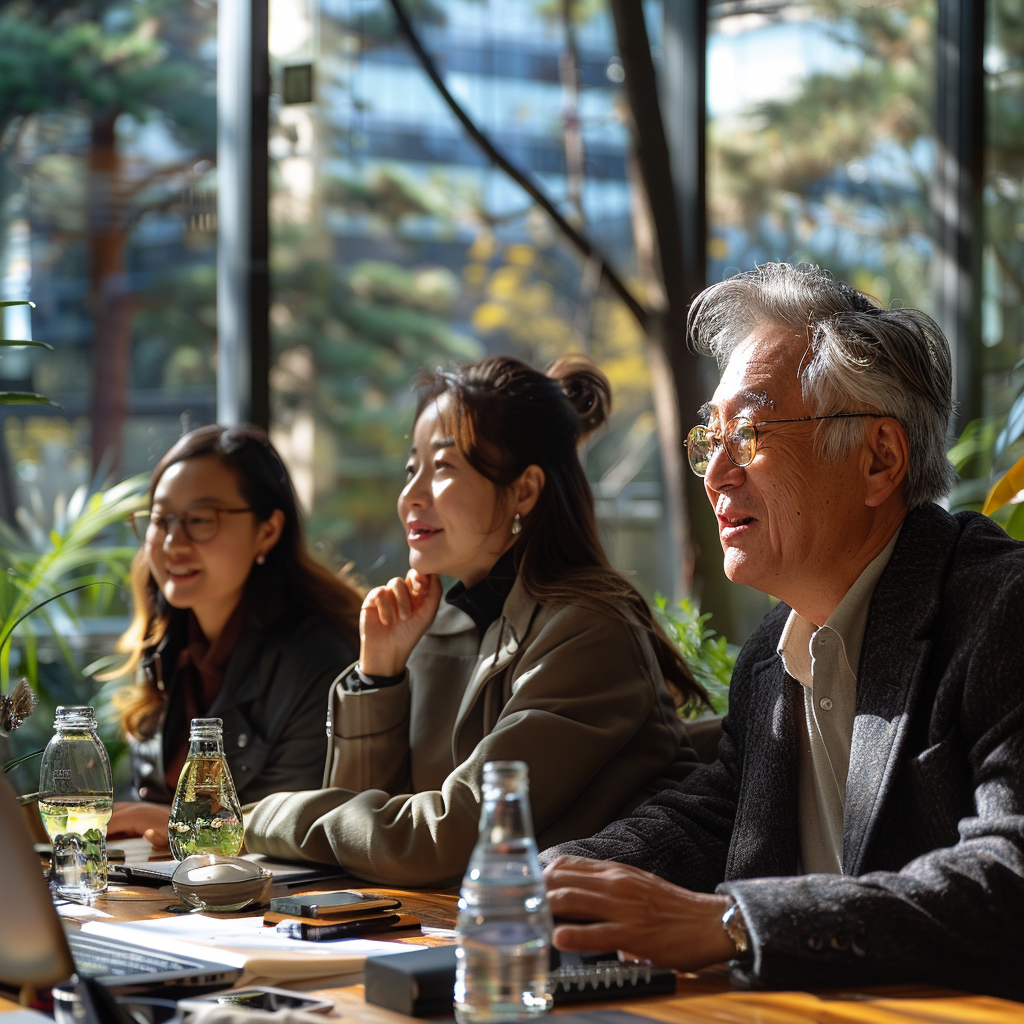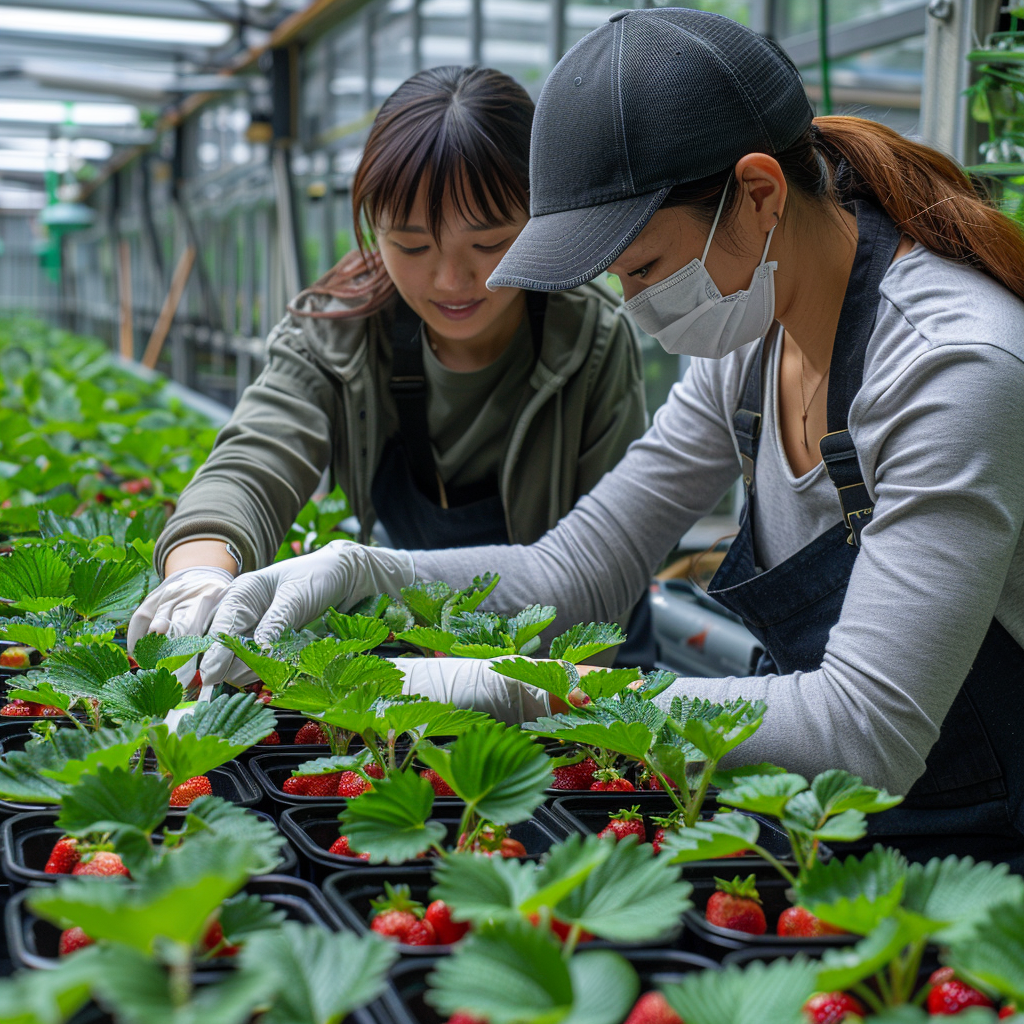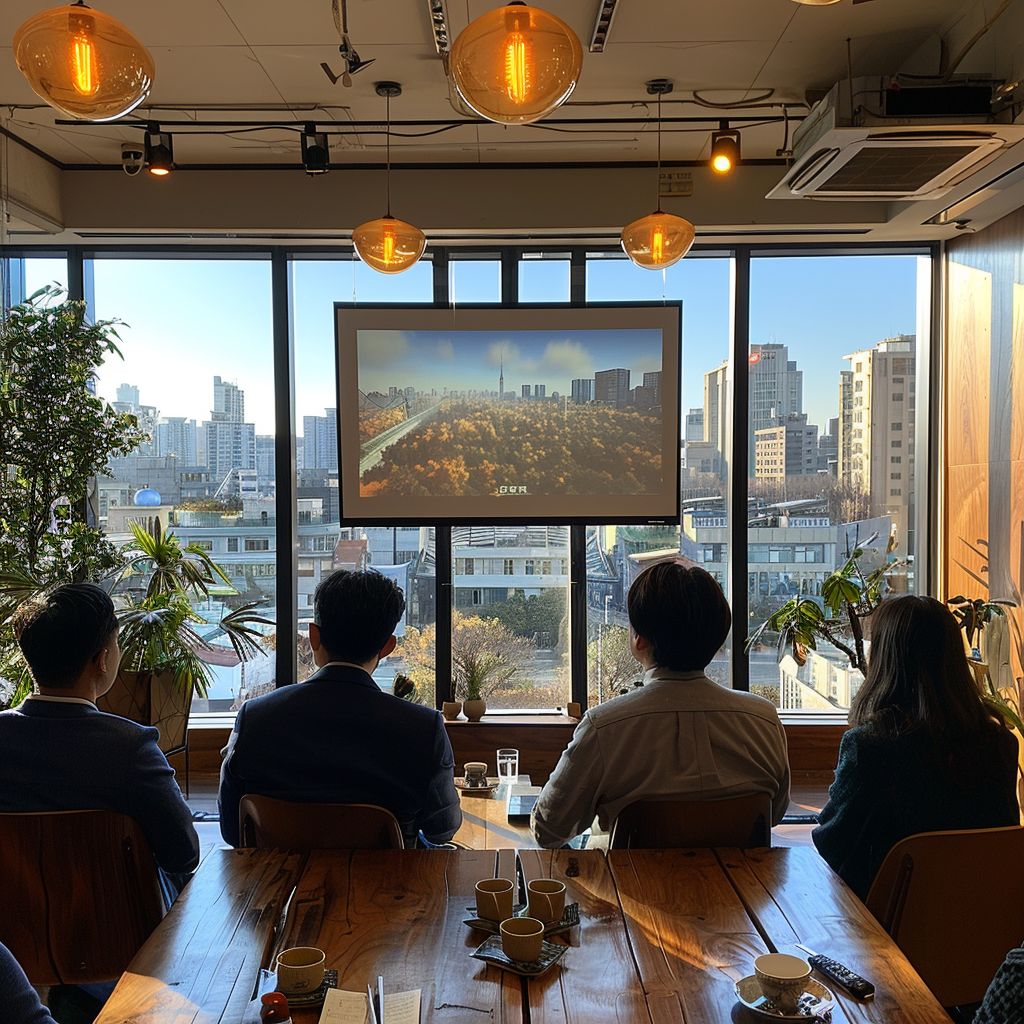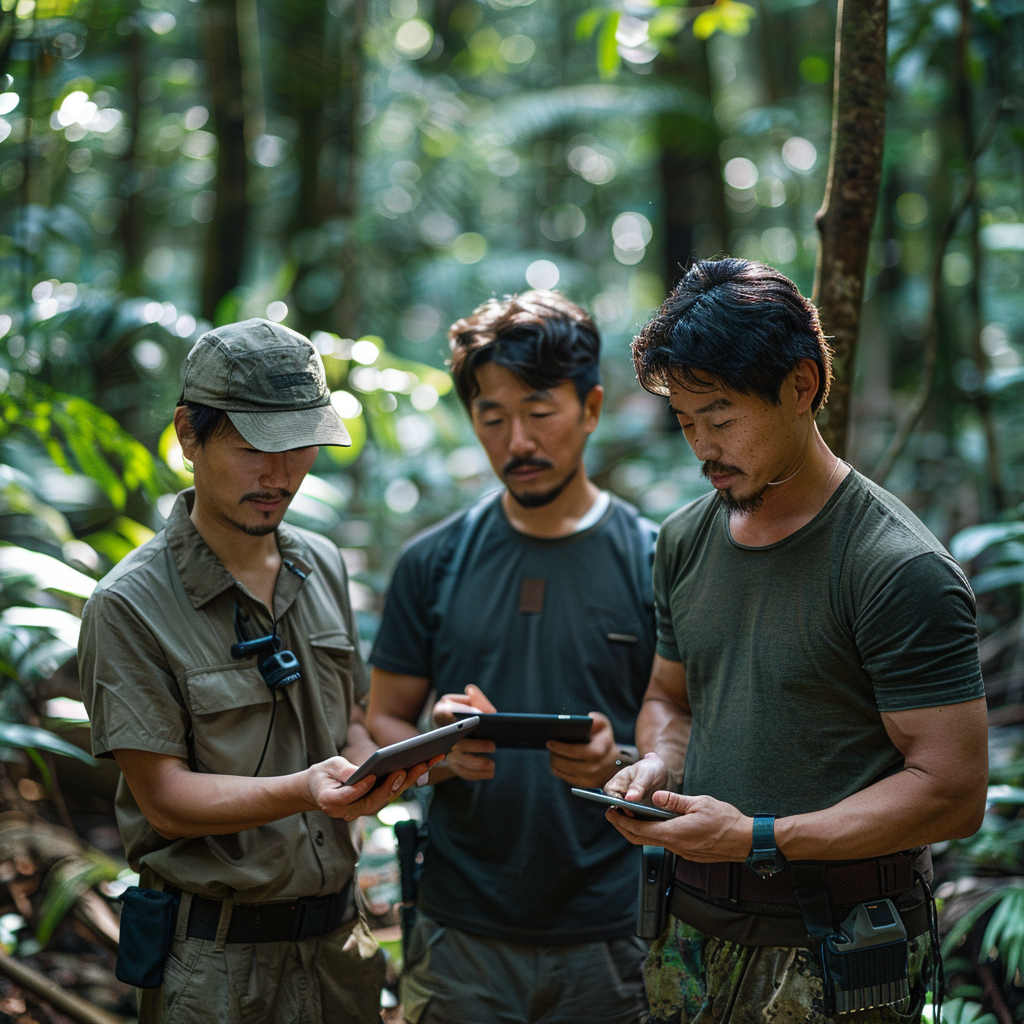发布:2025-04-09 浏览:0
经济林资源资产评估的核心是衡量一片林地及其产出的价值,常见的评估方式主要从三个不同角度出发,每种方法都有其适用场景和计算逻辑,下面用更贴近生活的语言来解释:
The core of economic forest resource asset evaluation is to measure the value of a forest land and its output. Common evaluation methods mainly start from three different perspectives, each with its own applicable scenarios and calculation logic. Below, we will explain in more realistic language:
一、从 “市场参考” 出发:找同类交易比着算
1、 Starting from "market reference": compare and calculate similar transactions
这种方法就像买二手房时参考周边相似房子的成交价。评估时,先去找市场上最近卖出去的、和目标经济林差不多的林地交易信息,比如同样种了苹果、核桃,树龄相近,生长条件类似的林子卖了多少钱。然后对比目标林地和这些案例的差别:比如人家的林子交通更方便,或者果树产量更高,就根据这些差异调整价格 —— 如果目标林地的果树长得更旺盛,就比案例价格高一点;反之就低一点。
This method is like referring to the transaction prices of similar houses in the surrounding area when buying a second-hand house. When evaluating, first look for trading information on forest land that has recently been sold in the market and is similar to the target economic forest, such as how much money has been sold for forests that are also planted with apples and walnuts, have similar ages, and have similar growth conditions. Then compare the differences between the target forest land and these cases: for example, if someone's forest land has more convenient transportation or higher fruit tree yields, adjust the price based on these differences - if the fruit trees in the target forest land grow more vigorously, the price will be slightly higher than the case price; On the contrary, it is slightly lower.
适合情况:当市面上类似的经济林交易比较多,比如常见的桃园、梨园,很容易找到参考对象时,用这种方法最直接。
Suitable situation: When there are many similar economic forest transactions on the market, such as common peach orchards and pear orchards, and it is easy to find reference objects, this method is the most direct.

二、从 “未来能赚多少钱” 出发:算清楚长期收益账
2、 Starting from "how much money can be earned in the future": calculate the long-term income account clearly
如果一片经济林已经进入稳定产出期,比如盛果期的柑橘林、板栗林,每年能结多少果子、卖多少钱都比较稳定,就可以用这种方法。具体来说,就是先预测未来十几年(甚至几十年)这片林子每年能赚多少钱:比如今年卖果子收入 10 万元,减去施肥、人工、采摘等成本 3 万元,净赚 7 万元;明年可能产量高一点,赚 8 万元…… 一直估算到果树老化需要更新的年份。然后把这些未来每年的净收益,按照 “钱在当下更值钱” 的道理(比如考虑银行利率、投资风险),折算成现在的价值总和。
If an economic forest has entered a stable production period, such as a citrus forest or chestnut forest in its peak fruiting period, and the number of fruits it can produce and the amount of money it can sell each year are relatively stable, this method can be used. Specifically, it is to predict how much money this forest will earn annually in the next decade (or even decades): for example, this year's fruit sales revenue is 100000 yuan, minus the costs of fertilization, labor, and harvesting of 30000 yuan, the net profit is 70000 yuan; Next year, the yield may be slightly higher, earning 80000 yuan... estimated until the year when the fruit trees age and need to be renewed. Then convert these future annual net returns into the current total value based on the principle that "money is more valuable in the present" (such as considering bank interest rates and investment risks).
关键逻辑:现在投入的钱能在未来慢慢赚回来,把未来的收益 “打个折” 算成现在值多少钱,更能体现林地的长期价值。
Key logic: The money invested now can be slowly earned back in the future, and calculating the current value of the forest land by "discounting" the future earnings can better reflect the long-term value of the forest land.
三、从 “重新种一片要花多少钱” 出发:算成本扣损耗
3、 Starting from 'How much does it cost to replant': calculate cost minus loss
如果是刚种不久的经济林,比如刚栽了两年的油茶苗,或者市场上很难找到类似交易案例,也预测不了未来收益,就可以用成本法。这种方法就像算 “重置成本”:假设现在重新种一片同样的林子,需要买多少树苗、雇人整地挖坑、浇水施肥、管理养护,把这些所有的花费加起来,得到 “重新种一片的总成本”。然后再看目标林地的树木生长情况:如果树苗成活率高、长得健壮,“成新率” 就高(比如 90%);如果部分树苗枯死,成新率就低(比如 70%)。最后用总成本乘以成新率,就是这片林地的评估价值。
If it is a newly planted economic forest, such as oil tea seedlings that have only been planted for two years, or if it is difficult to find similar trading cases in the market and future returns cannot be predicted, the cost method can be used. This method is like calculating the "reset cost": assuming that planting the same forest now requires buying how many saplings, hiring people to dig pits, watering and fertilizing, and managing and maintaining, adding up all these expenses gives the "total cost of replanting". Then look at the growth of trees in the target forest: if the survival rate of seedlings is high and they grow strong, the "newness rate" will be high (such as 90%); If some saplings die, the regeneration rate will be low (such as 70%). Finally, multiplying the total cost by the newness rate is the assessed value of this forest land.
适合情况:新造林地、幼龄林,或者难以通过市场交易和收益预测评估时,用成本法更踏实。
Suitable situation: When new forest land, young forest land, or when it is difficult to evaluate through market transactions and income forecasting, the cost method is more practical.
本文由森林资源资产评估友情奉献.更多有关的知识请点击:http://www.jyslpg.com我们将会对您提出的疑问进行详细的解答,欢迎您登录网站留言.
This article is dedicated to friendship For more information, please click: We will provide detailed answers to your questions. You are welcome to log in to our website and leave a message



